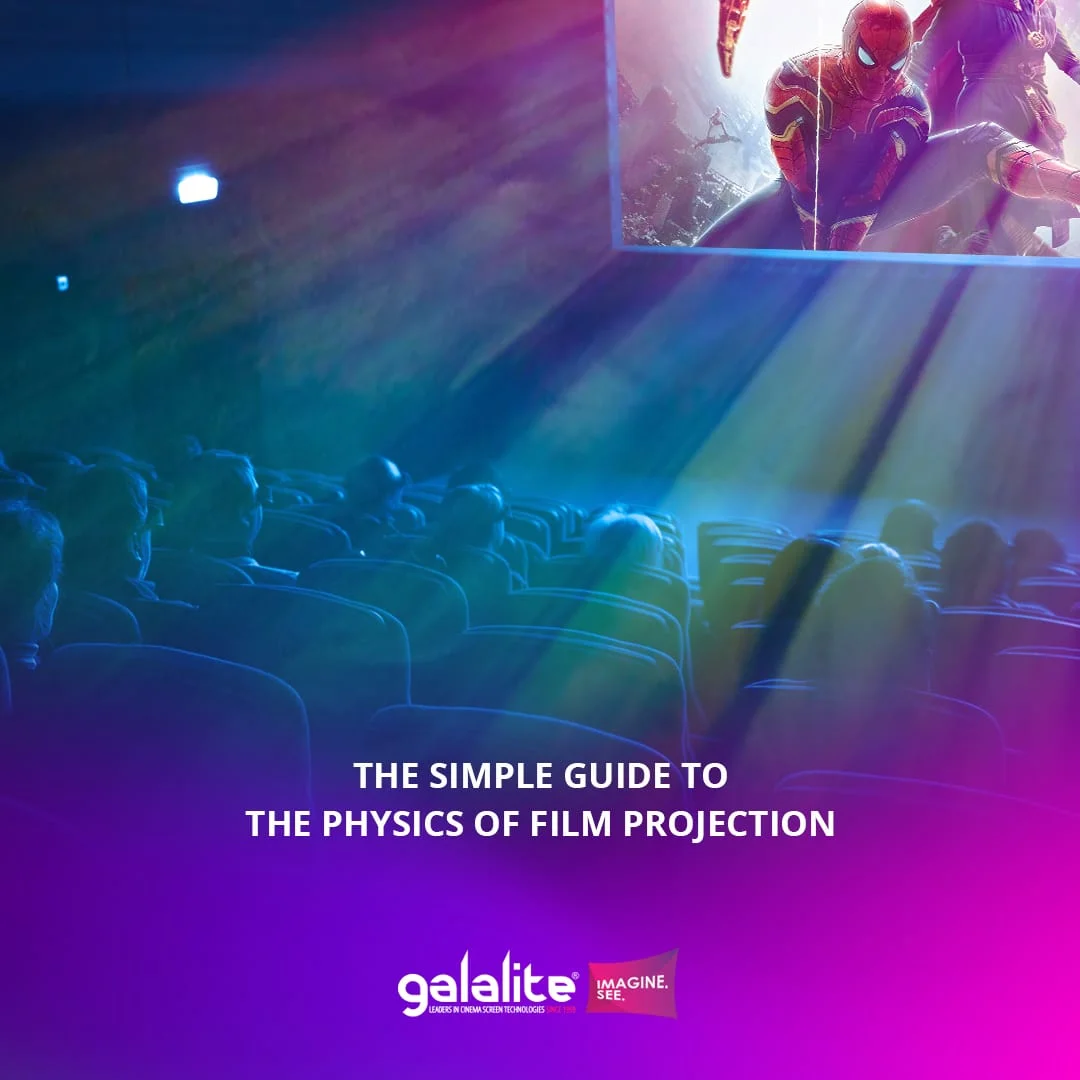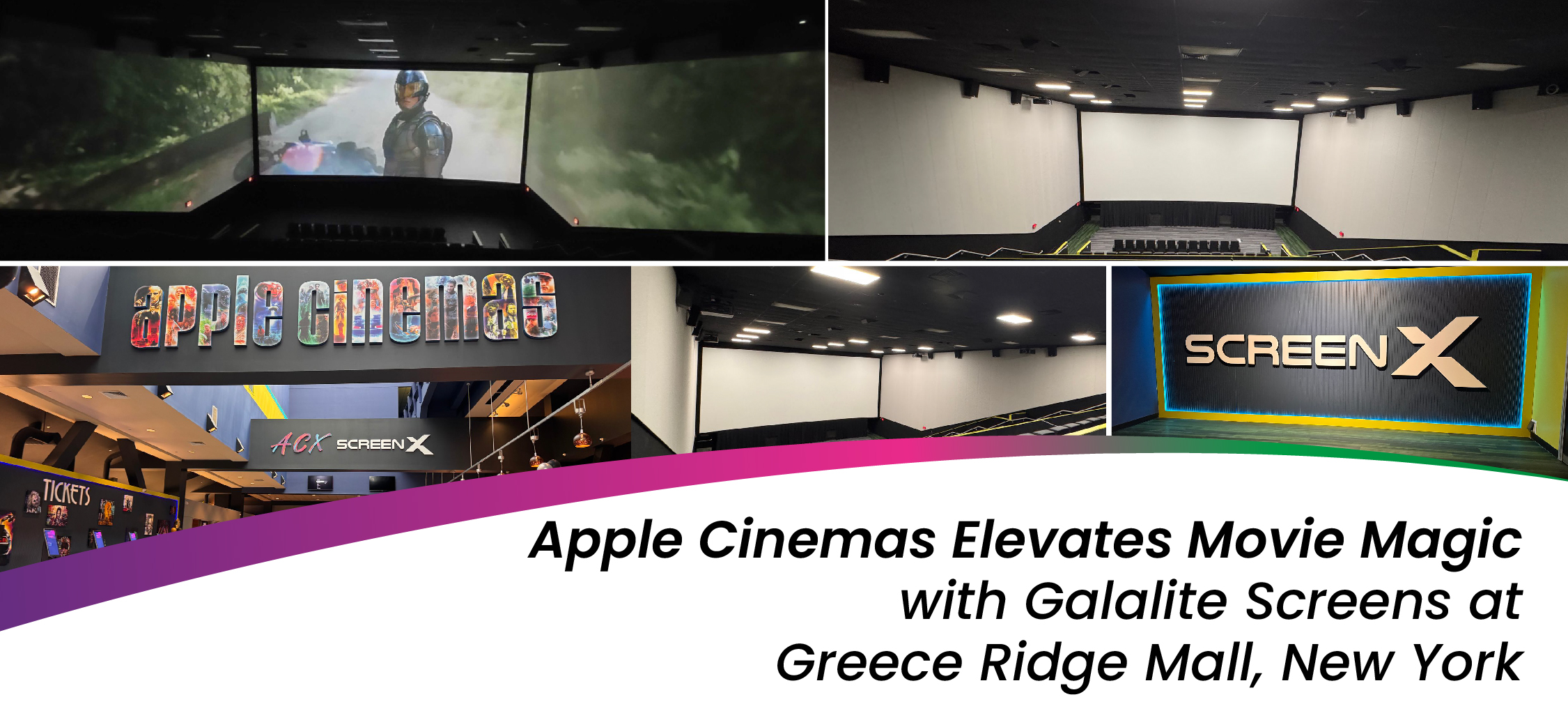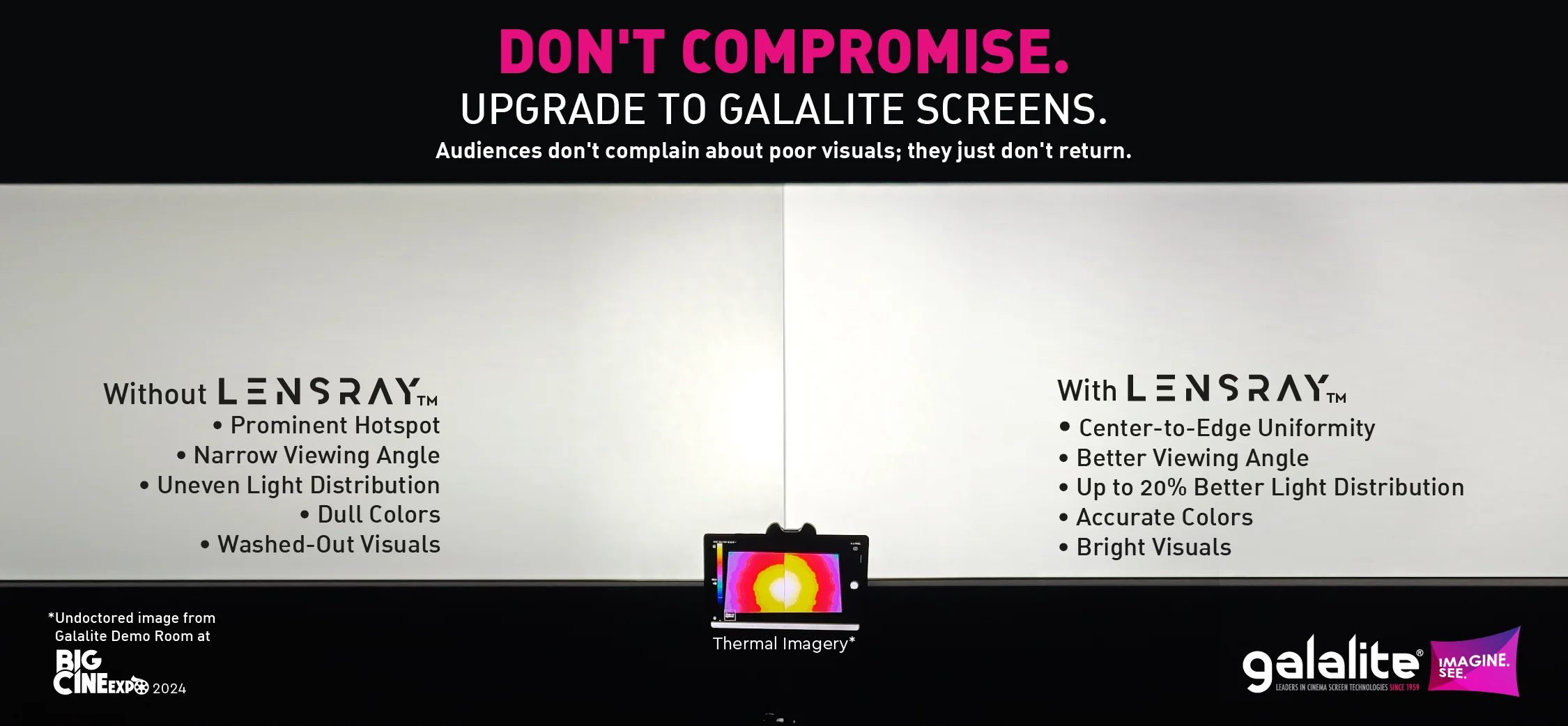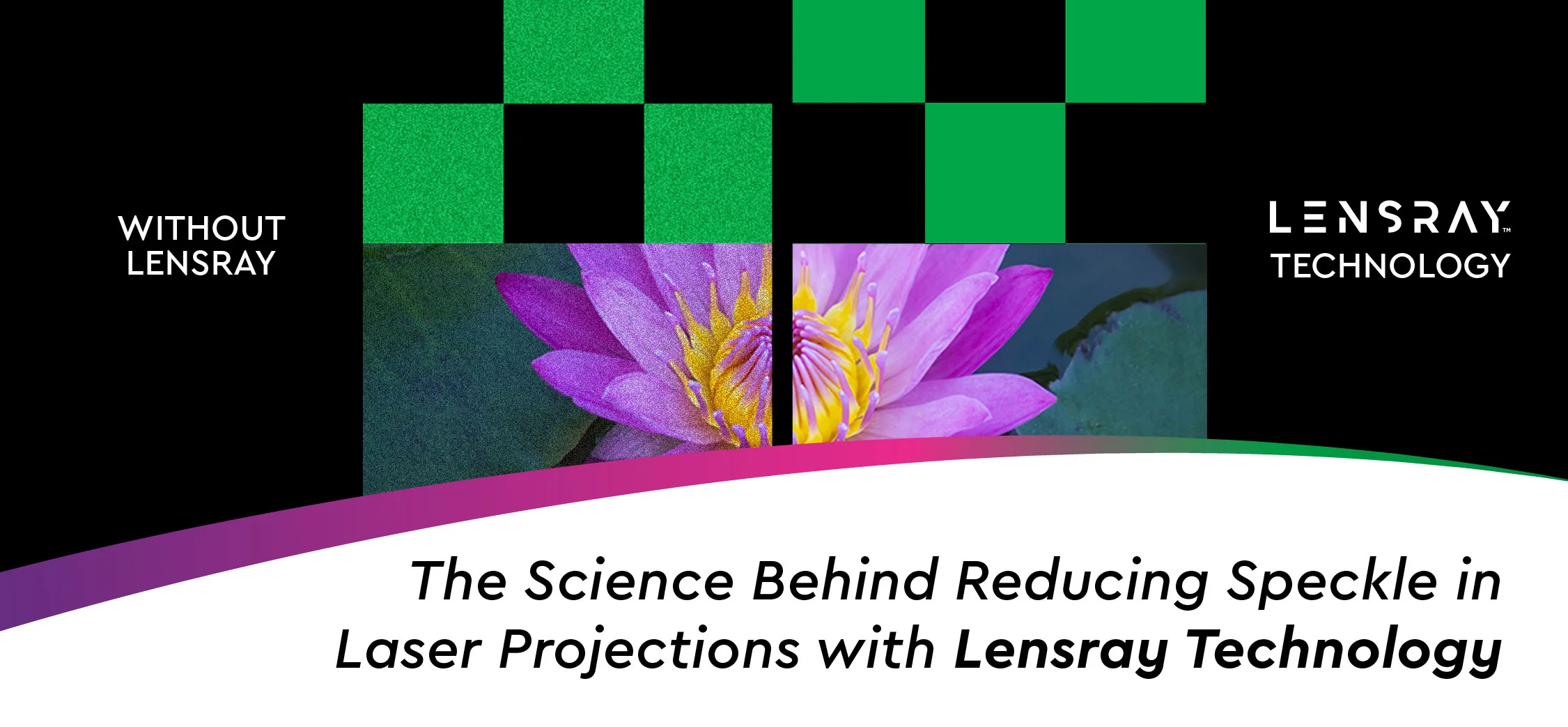
One of the biggest life experiences that had been missing in our lives these past two years has been sitting in a darkened and crowded cinema hall, with a tub of popcorn in hand, laughing, crying, and sharing a moment with those around us. After all, movies transport us into a new world with sets, clothes, stories, and locales. But have you ever wondered what makes that image appear on the screen? How is such a clear image projected on the screen so clear and detailed? The answer is physics.
We may think of image projection as a modern invention, but it is actually an ancient art, something even cave people were aware of. Camera Obscura or where an image is projected on a wall in a dark room through a small pinhole in the wall has been seen in paleolithic and Neolithic structures and image projection is mentioned in Chinese writings going as far back as 1046 BCE. In fact, the philosopher Aristotle is thought to have observed solar eclipses through this method. The basic principle remains the same but now the image is projected onto a screen and instead of a solar eclipse in an ancient Greek room, the latest blockbuster is projected in a plush cinema hall.
Have you ever made a pinhole camera? If you have, you were projecting an image onto a flat surface. The image was small, dim, and upside down. The projector at the back of the movie theatre is similar, but it is a more complex optical device. It uses a very bright light source and lenses to project a big, bright image onto a screen.
Now onto the actual physics of it all. Before the advent of digital filmmaking, all movies were recorded on film. This strip of translucent images was placed in the middle of a movie projector. Placed behind this film is a very bright lamp sitting inside a concave reflector. The white light is concentrated by going through two lenses, also called condensers. These rays then pass through the film where the images act as a series of multicolored filters. This filtered light, which now carries the image on the film, further passes through a series of lenses that spreads the light out and focuses it onto the movie screen. Finally, when the light strikes the screen, we end up with an image that is much times larger than the original tiny picture on the film.
This is how movies were projected till quite recently. Cans of films were sent to distributors across the globe to be wound on a reel and run through a movie projector. The film was fed into the projector upside down and reversed left to right. As the rays shining through the film passed through the lenses of the projector, they crossed, thus appearing right side up to the audience. Sprocket gears would feed 24 distinct images past the lens each second to be flashed three times by the shutter. This is 72 frames per second rate that is referred to while speaking about a movie. The speed is too fast to be caught by our eyes thus the whole thing appears to be one smooth set of actions rather than disjointed images.
Nowadays movies are recorded digitally. This means that instead of a film, the images are stored on a CD or Blu-Ray. But the physics remains the same. Digital projectors use either a micro-mirrors or a liquid crystal display (LCD. With a micromirror projector, millions of microscopic mirrors are used to form the images that we see on the screen. The bright lamp shines the light through a prism that splits it up into color beams. These beams are then reflected off tiny mirrors, which are turned on and off in response to the video signals. For an LCD projector, the light is reflected off a mirror that has an LCD on it. The crystals then let some of the light through and block some of it in response to video signals.
A digital projector can only transmit the image. To view it in full clarity as intended by the director you will need a good screen. This is why one should rely on Galalite screens with their path-breaking technology, seamless clarity, and spellbinding viewing experience.
Related articles



